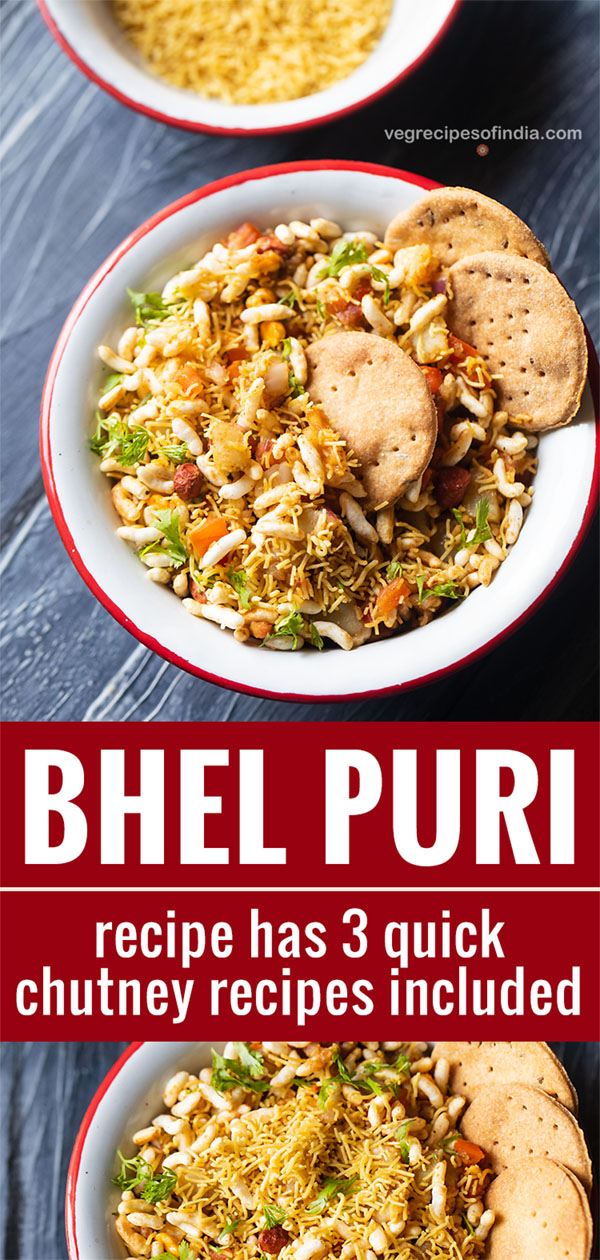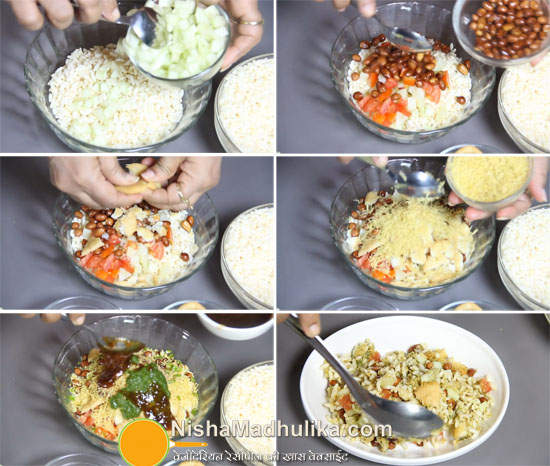What is Indian Street food?
The Fast Food industry in India has been evolved with the changing the lifestyle of Young Indian Population. The dishes are considered as Indian Street foods. These dishes are popular among the youth. Each dishes plays an important role in India's Vibrant Food and street's foods. These Indian Street Foods are popular among Youth as well as children.
What are the top 7 Fast Foods in India?
Here are 7 dishes with their Recipes which bring Indian street foods to the kitchen...
1.Paav Bhaji: Paav Bhaji is a Fast food dish from India consisting of vegetable curry and served with a soft bread roll. It is basically a western Indian dish. It is basically the most popular dish in Mumbai(also called Bombay), where you see the number of vendors with sizzling pans who stir the ingredients very passionately.
Unlike more fast food dishes, Paav Bhaji is healthy. Paav means 'small size or medium size bun' and bhaji means 'some vegetables'and when we combine it, It becomes a delicious meal.
Paav Bhaji Recipe:
Make Paav Bhaji Masala:
You can make pav bhaji masala powder by roasting the following ingredients.
- 2 tbsp Coriander seeds
- 1 tbsp jeera
- 1 tbsp peppercorn
- 1/2 tbsp fennel seeds
- 3 red chilies
- 3 to 4 cloves
- 1/2 tbsp amchur
- 1-inch cinnamon
Make bhaji for pav bhaji:
Ingredients for making bhaji
- You can use 240ml or 250 ml cup used for ingredients.
- 1 cup potatoes(3 medium sized potatoes)
- 1/2 to 3/4 cup peas
- 1 cup cauliflower
- 1/2 cup capsicum chopped
- 1 to 2tbsp butter
- 2 medium onions
- 1 green chili
- 1/2 to 3/4 tsp red chili powder less spicy kind
- 1/4 tsp Haldi
- 1 tbsp PAV BHAJI MASALA POWDER
- 1 large tomato
- 1/2 tsp Kasuri methi
- 1/2 tsp salt
Ingredients to garnish pav bhaji:
- 1 lemon wedges
- 2 tbsp onions chopped
- 2 tbsp coriander leaves
- 1 tbsp butter
2. Bhelpuri: Some snacks sold from streets hawkers are called 'Chaats' in India. This dish has some iconic status on the western part of the country. Bhelpuri is of low-fat, Nutritious and delicious, because it is mae of puffed rice and sev and crunchy noodles. The rice are mixes with onions, tomatoes and sauces(chutneys). For a quick bhelpuri, mix all these ingredients in airtight containers. Then arange them before eating.
Ingredients for making Bhelpuri:
- 2 cups puffed Rice
- 1/2 cup fine sev
- 1 cup finely chopped onions
- 8 poories
- 1 cup boiled potatoes
- 1Tbsp Green Chutney
- 1 Tbsp lemon juice
- 1 Tbsp Salt
Ingredients for making Green Chutney:
Mix all the ingredients that mentioned above together, garnish them and serve.
How to make Green Chutney:
Grind together equal quantities of leaves, garlic to taste, and add green chillies and add some lemon juice.
Total Cook Times: 25 minutes
Preparation Time: 5 minutes
3. Aloo Tikki Chole Chaat: This is the most popular North-Indian snack. Aloo Tikki( spiced potatoes patties) are stuffed or served with chole. These chaats are served with chutneys, Coriander-mint chutneys and tamarind chutney etc. as well as raitas.
Ingredients for the Chole:
2 cups soaked and cooked white chick peas
1/2 cup chopped onions
1 tbsp oil
1/4 tsp garam masala
2tsp Dried mango powder
Salt to taste
2 tbsp tomato ketchup
Ingredients for the potato and Green pea tikkis:
1 cup boiled potatoes
1/2 cup boiled peas
2 tsp oil
1/2 tsp cumin seeds
3 tsp finely chopped green chillies
1 tbsp chopped coriander
1 tbsp cornflour
salt to taste
Other Ingredients:
8 tbsp fresh curds
8 tsp green chutneys
8 tsp sev























